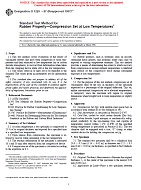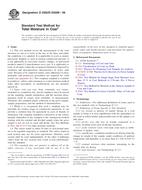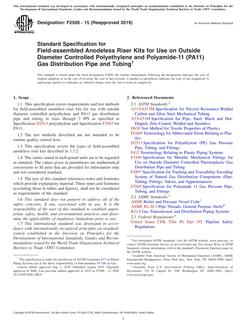1.1 The flatjack test measures stress at a rock surface. The modulus of deformation and the long-term deformational properties (creep) may also be evaluated.
1.2 Limitation -The flatjack test measures stresses only at the surface of the test chamber. Undisturbed stress levels must be determined by theoretical interpretations of these data.
1.3 Assumptions and Factors Influencing the Data:
1.3.1 The stress relief is assumed to be an elastic, reversible process. In nonhomogeneous or highly fractured materials, this may not be completely true.
1.3.2 The equations assume that the rock mass is isotropic and homogeneous. Anisotropic effects may be estimated by testing in different orientations.
1.3.3 The flatjack is assumed to be 100% efficient. The design and size requirements of 5.1 were determined to satisfy this requirement to within a few percent.
1.3.4 The jack is assumed to be aligned with the principal stresses on the surface of the opening. Shear stresses are not canceled by jack pressure. Orientating the tests in three directions in each plane tested prevents the misalignment from being excessive for at least one of the tests.
1.4 The values stated in inch-pound units are to be regarded as the standard.
1.5 This standard does not purport to address all of the safety problems, if any, associated with its use. It is the responsibility of the user of this standard to establish appropriate safety and health practices and determine the applicability of regulatory limitations prior to use.
Product Details
- Published:
- 05/10/1997
- Number of Pages:
- 6
- File Size:
- 1 file , 99 KB


